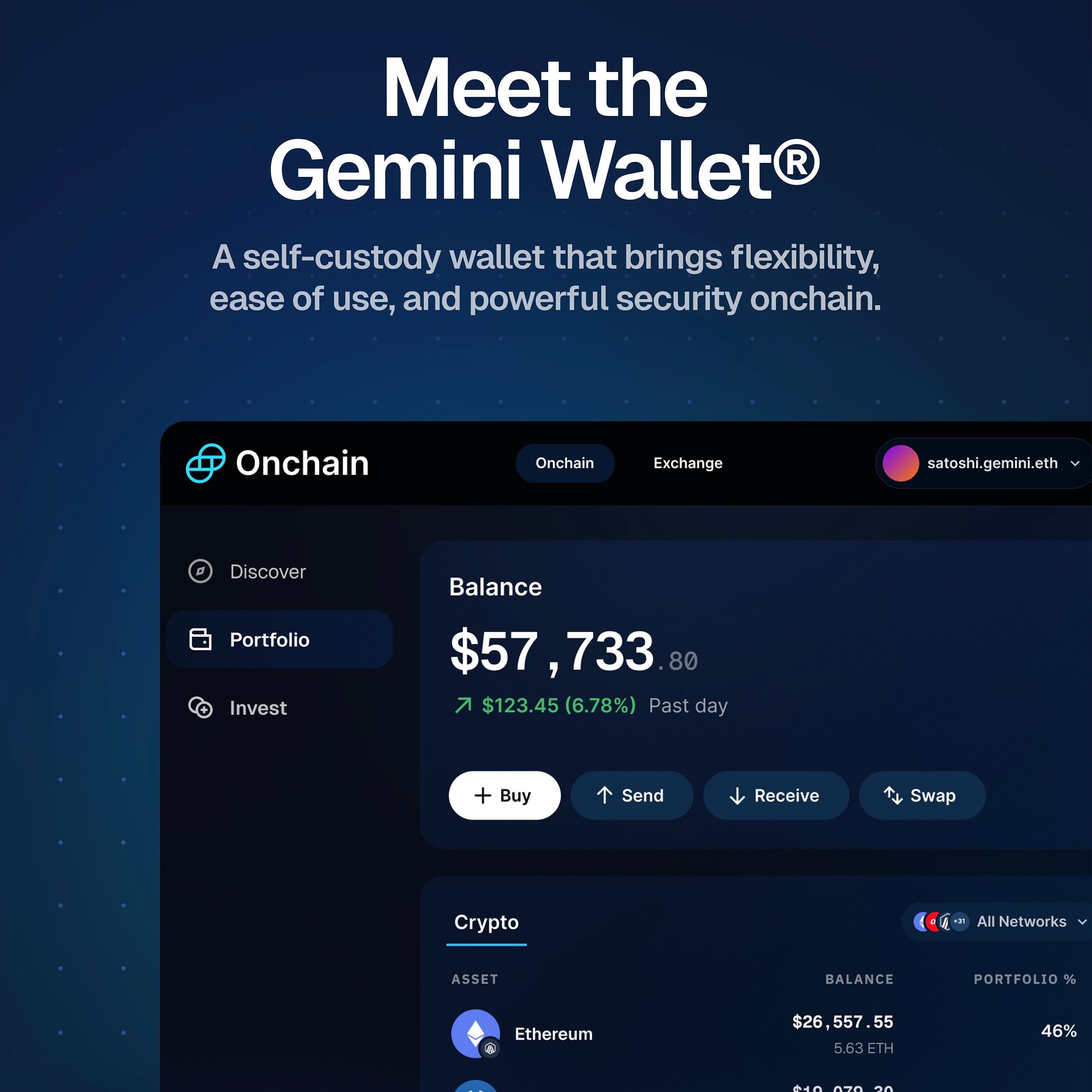Hong Kong SFC Tightens Crypto Custody Rules to Boost Investor Confidence
🏦 Hong Kong Turns the Key on Crypto Custody — New Rules, Higher Stakes
SFC tightens the vault, aiming to make Hong Kong the safest place in Asia to park your digital assets.
📊 Hong Kong’s Custody Clampdown — Quick Facts
- Regulator: Securities and Futures Commission (SFC)
- Scope: All licensed crypto exchanges + virtual asset custodians
- Core changes: Executive accountability, cold wallet standards, real-time threat detection
- Strategic aim: Position Hong Kong as Asia’s digital asset hub
- Challenge: Short-term compliance costs for long-term market integrity
🛡️ Why the Lockdown?
Earlier in 2025, the SFC ran a targeted sweep of licensed exchanges. The verdict? Gaps in cybersecurity, weak cold storage controls, and inconsistent executive accountability.
The fix: a new custody rulebook that demands:
- Management responsibility: Senior execs can’t hide behind policy walls.
- Cold wallet ops: Clear, auditable offline asset storage protocols.
- Third-party wallet use: Outsourced custody must meet the same gold standard.
- Real-time monitoring: Continuous threat detection, not “check once a week.”
🌏 Hong Kong vs. the Competition
The city’s play is to balance access and protection — unlike Singapore’s retail clampdowns, Hong Kong wants institutional inflows without sacrificing safety.
This aligns with ASPIRe, the SFC’s 2025 blueprint:
- Cut liquidity fragmentation
- Stop regulatory arbitrage
- Expand regulated crypto products
📅 2025 Regulatory Milestones So Far
- Feb: New OTC and custody licenses; review of derivatives & margin trading
- Apr: Greenlight for staking services under strict risk disclosure rules
- Aug: Custody standards officially rolled out
💡 Why It Matters
For traders: More confidence your assets are safe. For exchanges: A compliance bill now, but a trust dividend later. For Hong Kong: A stronger claim as Asia’s crypto capital — especially if institutions bite.
TL;DR
- Hong Kong’s SFC launches tough new custody rules after finding security gaps.
- Standards hit cold storage, executive accountability, and threat monitoring.
- Move is part of a bigger strategy to attract institutional money while keeping assets airtight.
- Short-term pain for exchanges, long-term win for market trust.

Recent News
All Time High • Live
Have questions or want to collaborate? Reach us at: info@ath.live











